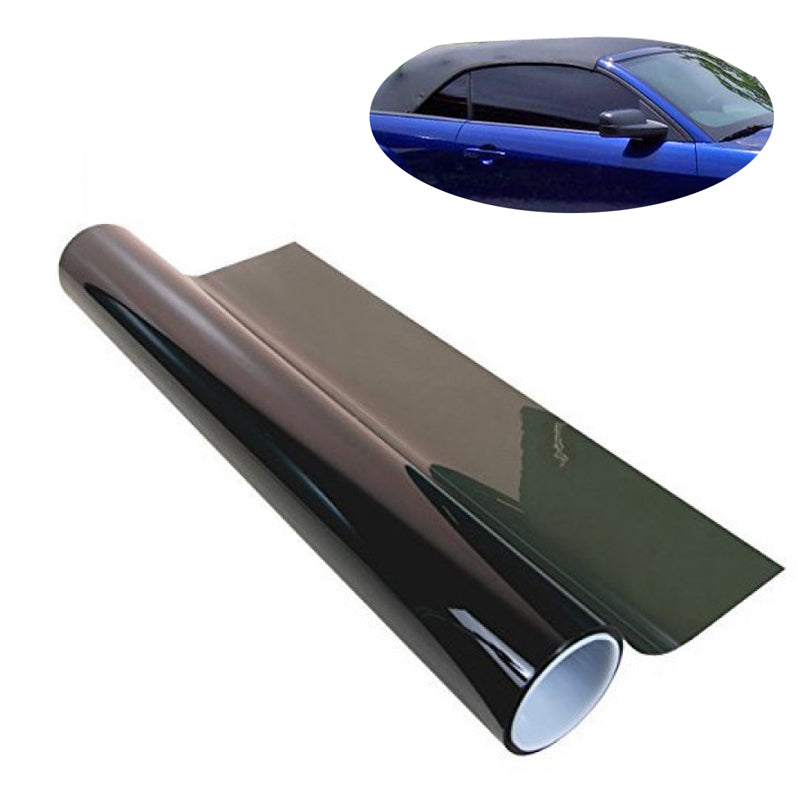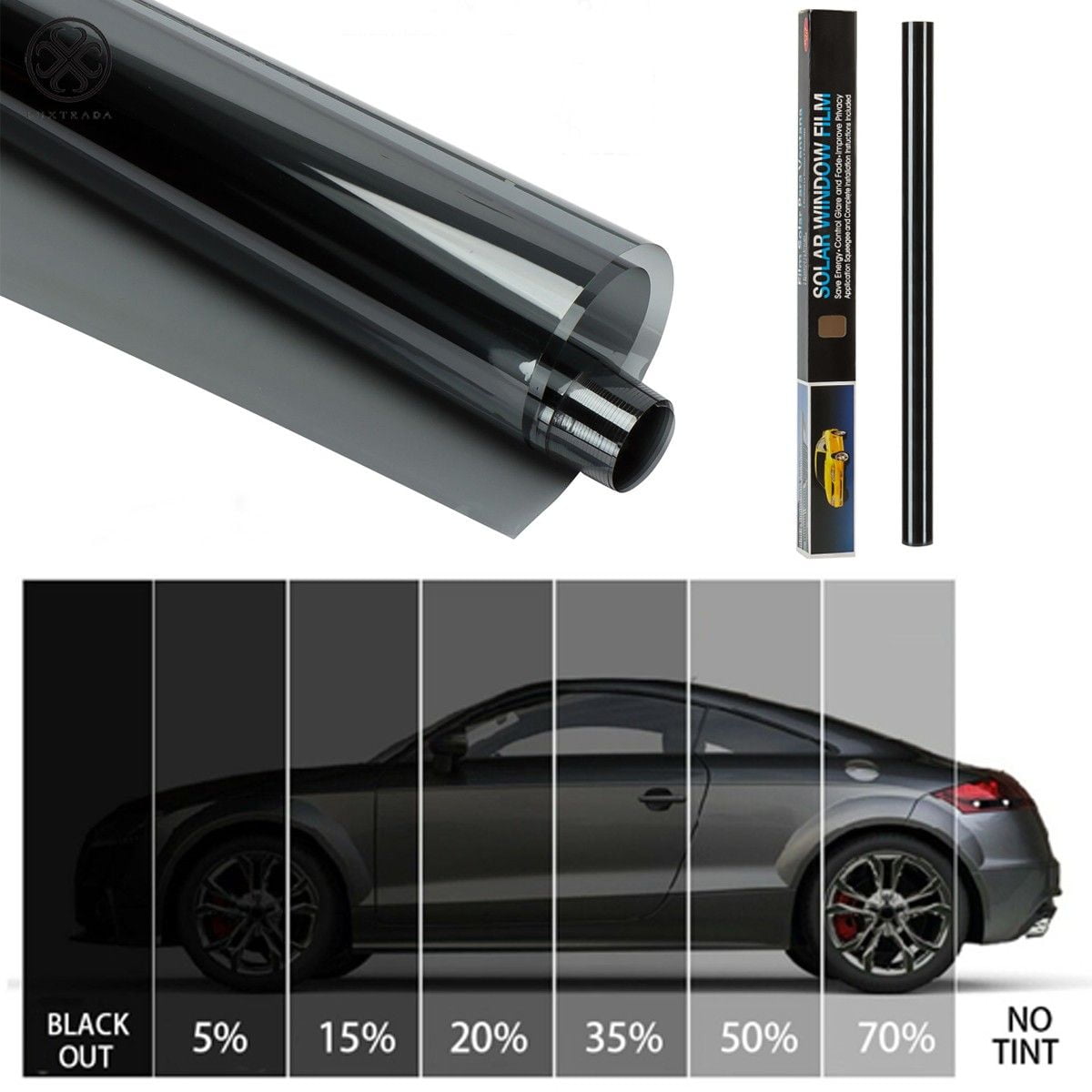Stay Cool and Comfortable: The Scientific Research Behind Window Tinting
Window tinting stands for an innovative interplay of materials science and useful application, functioning primarily with a thin film that modifies the way light communicates with glass. This technology is not just an aesthetic selection; it plays a critical function in decreasing solar warmth gain, reducing glare, and offering significant UV security. As we explore the different systems and benefits linked with Window tinting, it comes to be obvious that its impact expands beyond convenience, influencing energy consumption and environmental sustainability. The question remains: what aspects should one take into consideration when selecting the ideal Window color for their details requirements?

Exactly How Window Tinting Functions
Window tinting runs with the application of a thin film to the glass surface, which serves to change the means light connects with the Window. This movie is generally composed of polyester or other artificial materials and is installed with various dyes and steels that influence light transmission and representation. When light strikes the colored Window, a section of it is taken in, while some is mirrored, and the remainder travels through.

Moreover, Window tinting can boost privacy and decrease glare, making areas extra comfortable without endangering visibility. The efficiency of Window tinting varies based upon aspects such as the sort of film used, the angle of light occurrence, and the attributes of the glass. Recognizing these concepts is necessary for picking the proper color for certain demands and settings.
Benefits of UV Defense
One of one of the most significant advantages of Window tinting is its ability to supply effective UV defense. Ultraviolet (UV) radiation from the sunlight is a well-documented reason for skin damages, including premature aging and a boosted danger of skin cancer cells (AO Detail Window Tinting). By integrating Window tinting, people can considerably lower their direct exposure to dangerous UV rays, boosting their total health and wellness and health
High-quality Window film can obstruct up to 99% of UV radiation, developing a safer atmosphere for occupants. Window tinting aids minimize these results, maintaining the visual allure and integrity of indoor rooms.
Additionally, lots of Window film provide a twin benefit by reducing glare, which can enhance comfort and efficiency. In general, the application of Window tinting acts as a positive step to protect health and wellness and extend the life of valued belongings, making it a prudent investment for both residential and commercial setups.
Temperature Level Regulation Systems
Effective temperature level regulation is a crucial benefit of Window tinting, as it adds to a more comfortable indoor setting. Window film are created to reflect, soak up, and transmit differing degrees of solar energy, permitting a regulated management of heat entering a space. This regulation is mainly attained with the optical residential or commercial properties of the color, which can obstruct a significant percent of infrared radiation while permitting noticeable light to pass through.
By decreasing warmth gain during warmer months, Window tinting aids maintain a stable interior temperature, minimizing the reliance on a/c systems. Alternatively, during colder months, specific kinds of Window film can aid maintain warm within the building. This double capability ensures that residents experience important site consistent comfort no matter of exterior climate problems.
Additionally, Window tinting can alleviate temperature variations brought on by straight sunshine, reducing the danger of warm places near windows. As a result, the general indoor environment comes to be more balanced, boosting occupant satisfaction and productivity. The science behind these temperature level regulation systems shows the relevance of Window tinting as a useful solution for enhancing living and working environments.
Enhancing Power Performance
Energy performance is dramatically enhanced via the application of Window tinting, further structure upon the advantages of temperature level law. By decreasing the quantity of solar heat that gets in a structure, Window tinting lessens the dependence on air conditioning systems, bring about reduced energy intake. This not only contributes to decreased utility expenses however likewise reduces greenhouse gas emissions related to energy production.
Along with warmth decrease, Window tinting likewise helps preserve steady interior temperature levels, which can minimize the workload on heater during colder learn this here now months. This double benefit of managing both heat gain and loss outcomes in a more efficient general power efficiency for residential and commercial residential or commercial properties alike.
Additionally, Window tinting can secure furnishings and insides from harmful UV rays, which can trigger fading and degeneration with time. By protecting the honesty of indoor rooms, residential or commercial property owners can lower the regularity of fixings and replacements, further improving price savings.
Ultimately, including Window tinting as component of an energy-efficient method not just optimizes comfort however additionally promotes sustainability, making it a prudent financial investment for those seeking to improve their power impact.
Picking the Right Color
Choosing the ideal Window tint is crucial for taking full advantage of the advantages of this enhancement. The choice of tint can significantly impact energy performance, appearances, and privacy. When thinking about Window tinting, it is important to examine the various sorts of film offered, consisting of dyed, metalized, and ceramic choices. Colored film provide a standard degree of warmth reduction and privacy yet may fade with time. Metalized film offer enhanced warm denial and raised resilience as a result of the Homepage reflective homes of metal layers. They may interfere with electronic signals.
Ceramic Window film stand for a premium choice, combining excellent thermal insulation with reduced reflectivity, thereby maintaining a clear sight. It is likewise crucial to take into consideration the legal laws pertaining to color darkness in your area, as compliance is necessary to prevent fines and ensure security.
In addition, assessing your certain demands-- such as UV defense, glow decrease, and personal privacy-- will certainly lead your selection procedure. Consulting with a professional installer can offer important understandings and referrals tailored to your circumstance. Inevitably, the right Window color equilibriums functionality and looks, contributing to a comfortable and energy-efficient environment.
Conclusion

Window tinting represents an innovative interplay of materials scientific research and functional application, working largely through a slim movie that alters the way light interacts with glass.Window tinting operates via the application of a slim movie to the glass surface area, which serves to modify the method light interacts with the Window. By including Window tinting, individuals can substantially minimize their direct exposure to unsafe UV rays, enhancing their overall health and well-being.
Furthermore, Window tinting can mitigate temperature variations created by straight sunlight, reducing the risk of warm spots near home windows. When thinking about Window tinting, it is vital to review the various types of film offered, consisting of dyed, metalized, and ceramic choices.